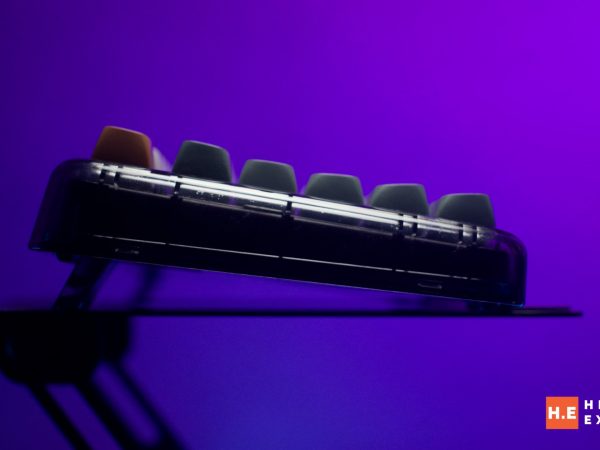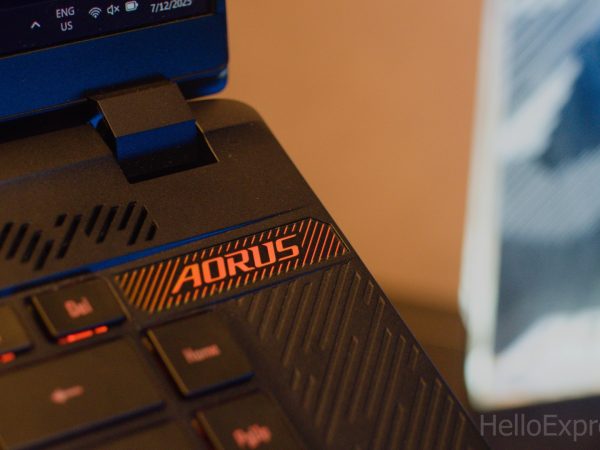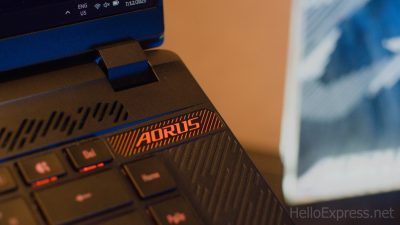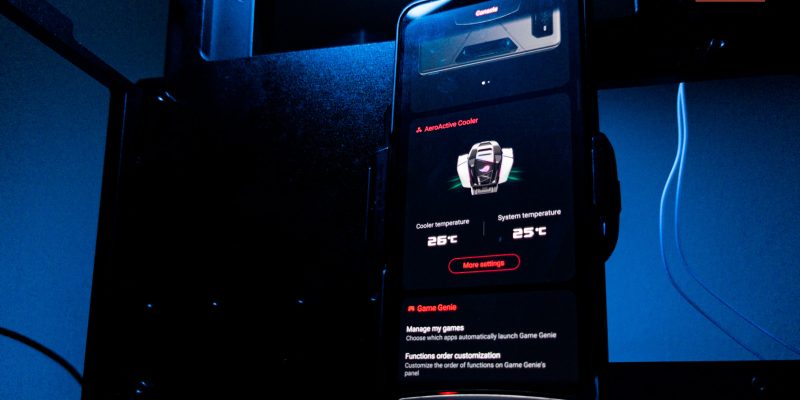
ROG Phone 6D Ultimate Cooling Capacity Review
ROG Phone 6D Ultimate
In conclusion, the ROG Phone 6D Ultimate is an amazing piece of tech that pushed the advancement of smartphone cooling tech. It's also refreshing to see ROG take a page from PC cooling technology and incorporate it into their AeroActive Cooler 6. With ROG Phone 6D Ultimate's performance being top-notch, its cooling capacity is no slouch either.
ROG Phone 6D Ultimate has expanded the horizons of smartphone design. Its not just another cookie cutter update, where we see manufacturers simply update the SoC, camera, display, tweak the aesthetics and call it a day. However, ROG Phone 6D Ultimate aims to break new ground and incorporate mature technology from other industries.
Instead of a full review spanning thousands of words, we decided to break down this review to go deeper into each aspect of the ROG Phone 6D Ultimate, individually. This should give us better insight into what makes this phone tick, allowing us to delve deeper into the phone’s capabilities, which we can’t do with a mere overview.
Overview
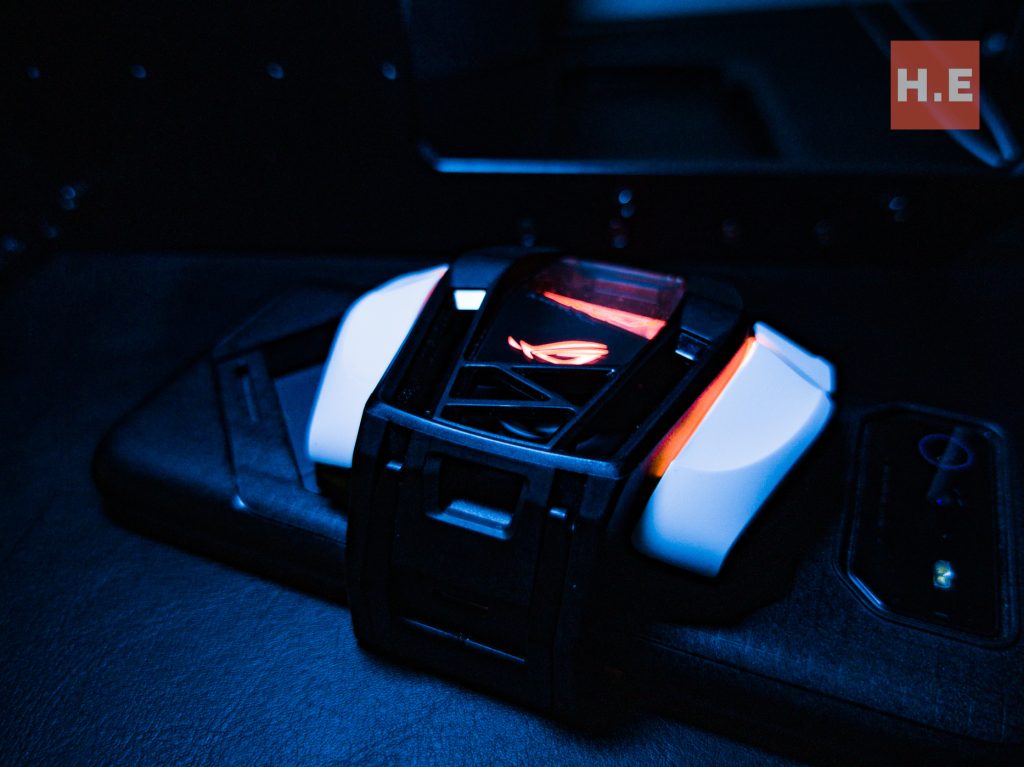
The ROG Phone 6D Ultimate’s GameCool 6 cooling system takes 3 different approaches to enhance the overall thermal performance of the phone.
The 3 approaches are:
- Boron nitride (BN) thermal compound provides 360-degree heat dissipation from the CPU, reducing thermal throttling during short gaming sessions
- Vapor chamber with cooling fins connected to graphite sheets to spread out the heat over a larger surface
- AeroActive Portal routes airflow from the AeroActive Cooler 6 to directly cool fins connected to the vapor chamber in the ROG Phone 6D Ultimate
Each approach is unique, and we will analyze each approach in detail.
Boron nitride (BN) thermal compound
ROG utilizes a specific type of thermal compound on the ROG Phone 6D Ultimate to help dissipate the heat generated. It is odd to us that ROG has selected boron nitride as the thermal compound, as there are other thermal compounds that offer better performance. After some research, we realized that the selection of boron nitride was not only deliberate, but necessary. Here’s why. There are 5 main types of thermal paste constituents: silicon, metal oxide, liquid metal, ceramic (boron nitride is in this family), and carbon.
Here’s an overview of each thermal compound family’s characteristics and its conductivity range.
| Characteristic | Conductivity range (higher is better) | |
| Silicon | Cheap, lower performance | 1~14 W/mK |
| Metal Oxide | Silicon greases that contain high conductivity metal such as silver, carbon, and others | 8 W/mK |
| Liquid Metal | Expensive, excellent performance, risky application & corrosive against certain other metals. | 73 W/mK |
| Ceramic (Boron nitride) | Resistant to corrosion and erosion, electrically insulating, low coefficient of thermal expansion | 10 W/mK |
| Carbon Based | metal-free, less electrically conductive | 8~35 W/mK |
Reference article: https://cyberisk.biz/types-of-thermal-paste/
When compared to other types of thermal compound, boron nitride is resistant to corrosion and erosion, is electrically insulating, and has a low coefficient of thermal expansion.
Smartphone requires these characteristics, as they are composed of various components made of diverse materials. Compounds like liquid metal are great for heat transfer, but can affect metals like aluminum, making them inappropriate for use in smartphones. Other thermal compounds like the usual thermal pastes you find in stores also suffer from pump out, which means that they will dry out. In a smartphone, that is unacceptable especially as it cannot be opened easily for maintenance. Some may even be electrically conductive, which is an even bigger no-no for smartphones.
With that in mind, boron nitride’s characteristic of being chemically inert and with low thermal expansion, makes it perfect for applications like in the ROG Phone 6D Ultimate.
Vapor chamber + cooling fins + Graphite sheets

ROG features a larger vapor chamber compared to the ROG Phone 5. The vapor chamber has cooling fins attached to it and is placed next to graphite sheets to dissipate heat from the SoC. This increases the efficiency of heat dissipation during mid-length gaming sessions.
The vapor chamber is also uniquely designed to work with the AeroActive Portal, whereby when the AeroActive Cooler 6 is mounted, cool air is directed into the portal to wick heat away from the fin stack.
AeroActive Cooler 6

Available for all ROG Phone 6 series and also now the ROG Phone 5 series, the AeroActive Cooler 6 builds upon the legacy of ROG Phones and their accompanying coolers. The AeroActive Cooler 6 takes it to the next level with a thermoelectric cooler, or what some refer to as Peltier cooler, to enable it to provide sub-ambient cooling to the ROG Phone 6D Ultimate. The air is pushed out from the sides as well as through a little air funnel towards the top, which leads to the next interesting part of the ROG Phone 6D Ultimate.
AeroActive Portal
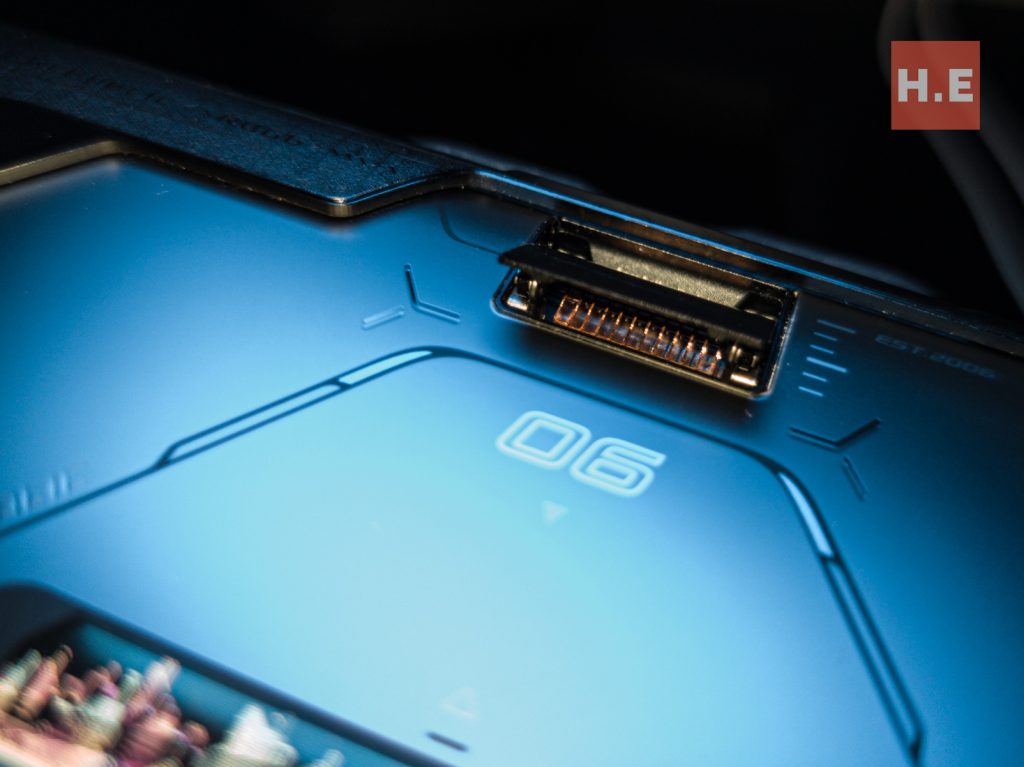
The AeroActive Portal is what sets the ROG Phone 6D Ultimate apart from the competition. As it opens, the airflow from the AeroActive Cooler 6 helps to directly cool the vapor chamber to more effectively wick heat away from the chipset. A continuous high-speed stream of chilled air flows directly over the vapor chamber’s cooling fins, efficiently dissipating the heat generated by the SoC.
Benchmark
| Phone | ROG Phone 6D Ultimate |
| Room Temperature | 29.2 °C |
| Control System temperature start point | 28°C |
| Bypass Charging | On |
| Screen refresh rate | 165Hz |
| Benchmark Software | 3D Mark, Wild Life Unlimited |
*System will be refreshed before each benchmark
| Performance Mode | X Mode | X Mode + | X Mode + | X Mode + | X Mode + | X Mode + |
| AeroActive Cooler 6 | No | Yes | Yes | Yes | Yes | Yes |
| Cooling Profile | No | Disable | Smart Mode | Cool | Frosty | Frozen |
| Best Score | 2655 | 2666 | 2670 | 2664 | 2669 | 2670 |
| Lowest Score | 2583 | 2585 | 2633 | 2610 | 2619 | 2653 |
| Average Frame Rate | 11~19 | 9~19 | 11~19 | 10~19 | 12~20 | 12~20 |
| Temperature | 31 °C ~ 51 °C | 33 °C ~ 50 °C | 32 °C ~ 45 °C | 33 °C ~ 49 °C | 32 °C ~ 44 °C | 31 °C ~ 43 °C |
ROG Phone 6D Ultimate Cooling Conclusion
What really caught my eye was how ROG utilized the AeroActive Cooler 6 along with the Aero Active Portal to effectively form a blower cooler. Although blower coolers do not have as much cooling power as other types such as open air coolers, they are still popular since they contain and move the hot air out of the system, which is exactly what ROG went with for the ROG Phone 6D Ultimate.
When the AeroActive Cooler 6 is attached, the phone will feel at least a few degrees cooler. In our test we observed that without the cooler on, the ROG Phone 6 Ultimate maintained its temperature around 31°C with room temperature at 28.4°C, attaching the AeroActive Cooler 6 would effectively drop the system temperature to 28°C.
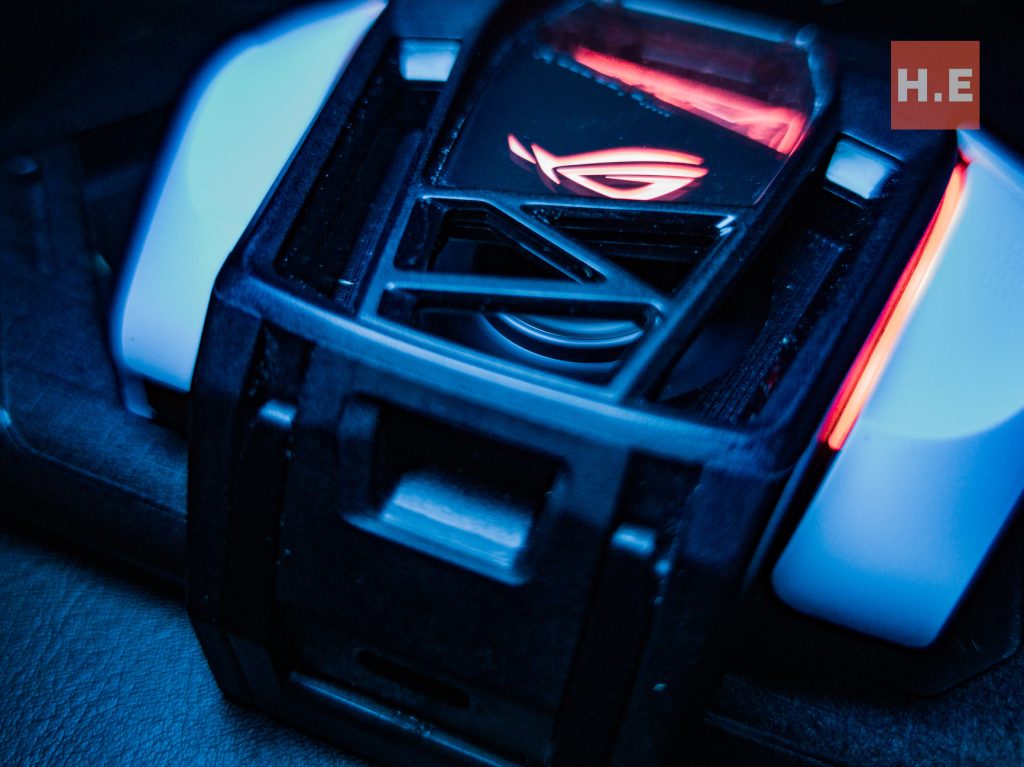
Under load with the AeroActive Cooler 6 attached, the temperature was maintained between 34 to 31°C, but overall scoring and framerate increased as we dialed up. As a result, ROG Phone 6 Ultimate trades thermal headroom for performance, which is common in PC CPUs.
Another thing to point out is how merely attaching the AeroActive Cooler 6 would increase the phone’s performance. This happens for 2 reasons. ROG Phone 6D Ultimate will enable X Mode+ when the AeroActive Cooler 6 is connected. X Mode is a mode on ROG Phones which enables a set of settings optimized for gaming performance. X Mode+ takes that to the next level by releasing hardware limitations, thereby unlocking even higher performance.

The second part of the story shows how the AeroActive Cooler 6 is designed. Instead of simply blowing air to the back of the phone, it is built with a large circle of cooling fins deep within. Even without the fan spinning the cooling fins would still dissipate heat, acting as a passive heatsink, although this is not the main reason the fins are there. The TEC cooling system needs cooling when it’s actively cooling down your ROG Phone 6, so at times you may feel the AeroActive Cooler 6 blowing out warmer air, but in fact your smartphone is getting extra cooling from the TEC.
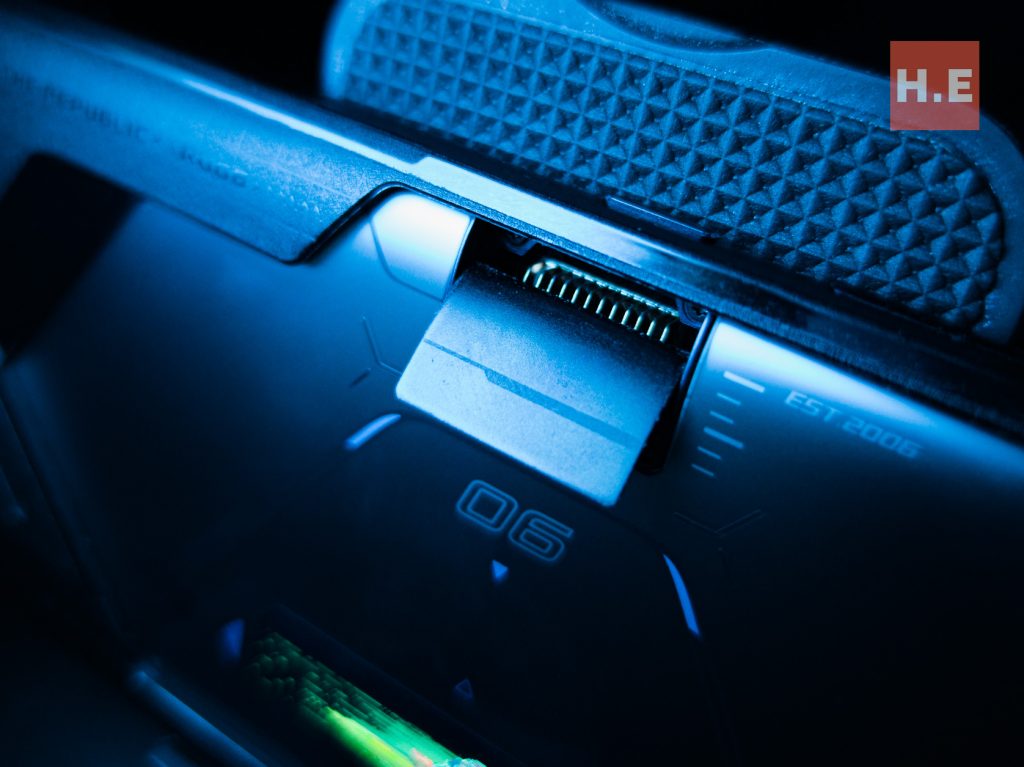
Another very interesting fact is that the ROG Phone 6 Ultimate still maintains an IPX4 rating, even when the AeroActive Portal is open. This is quite crucial for a mobile phone as the device will be exposed to the elements, and some splash resistance is always appreciated.
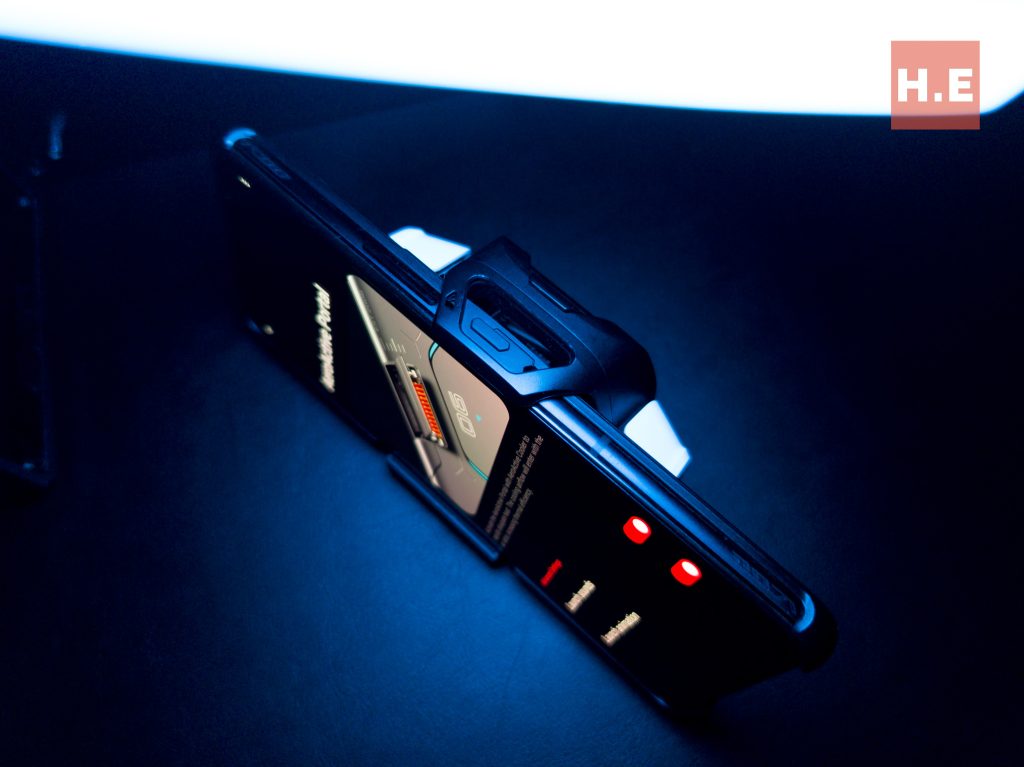
In conclusion, the ROG Phone 6D Ultimate is an amazing piece of tech that pushed the advancement of smartphone cooling tech. It’s also refreshing to see ROG take a page from PC cooling technology and incorporate it into their AeroActive Cooler 6. With ROG Phone 6D Ultimate’s performance being top-notch, its cooling capacity is no slouch either.
Help us!
So here you go, our review of the cooling capacity of ROG Phone 6D Ultimate. If you agree with us about the ROG Phone 6D Ultimate and want to pick one up, do consider purchasing via the link below. Is affiliate link that doesn’t cost you any extra, but will be great help to keep our lights on here at HelloExpress.
Lazada: https://c.lazada.com.my/t/c.cINao7





